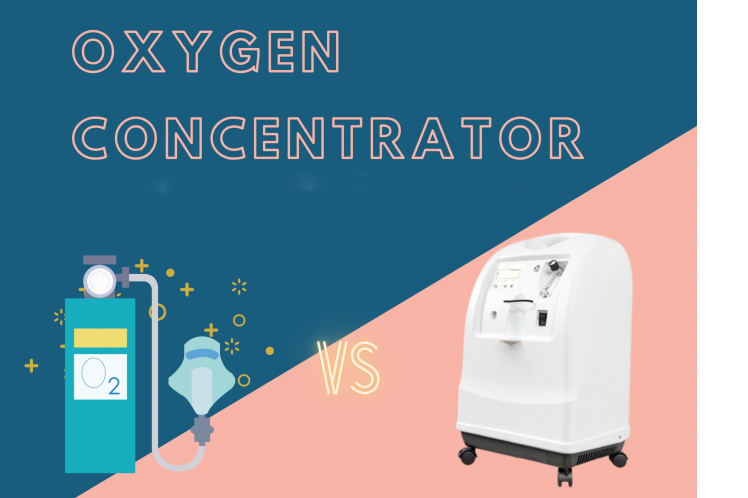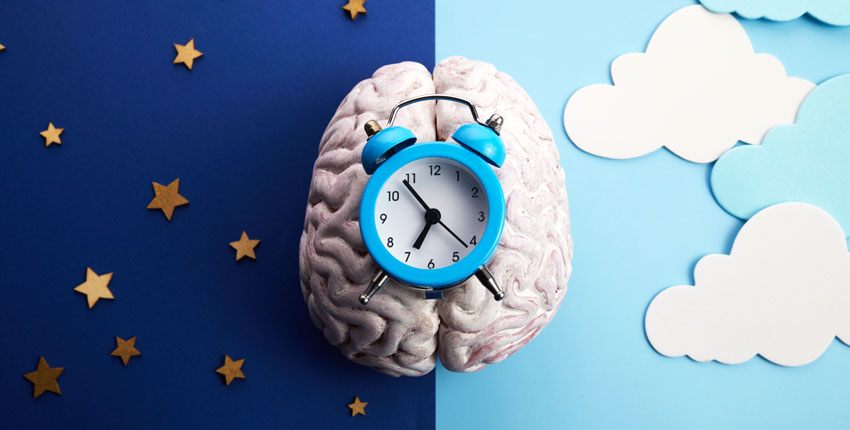The (Many) Benefits of a Cardio Workout: Power Up Your Body and Mind
The (Many) Benefits of a Cardio Workout: Power Up Your Body and Mind
That burning feeling in your chest after a delicious but perhaps overindulgent meal? You’re not alone! Millions of people experience the discomfort of heartburn, also known as acid reflux. This post dives into the causes, symptoms, and solutions for heartburn, helping you tame the fire in your gut and achieve lasting relief.
Understanding the Culprit Behind the Burn: Heartburn Causes
Heartburn occurs when stomach acid backs up into the esophagus, the tube that carries food from your mouth to your stomach. This acidic irritation is what causes that uncomfortable burning sensation in your chest. Here are some common culprits behind heartburn:
Certain foods and drinks: Spicy food, fatty food, citrus fruits, chocolate, coffee, and alcohol can all relax the lower esophageal sphincter (LES), the muscular valve that keeps stomach acid down.
Large meals: A full stomach puts more pressure on the LES, increasing the chances of acid reflux.
Hiatal hernia: This condition occurs when part of the stomach pushes through the diaphragm, weakening the LES and allowing acid to flow back up.
Pregnancy: Hormonal changes during pregnancy can relax the LES, leading to heartburn.
Actionable Tip: Maintain a healthy weight. Excess belly fat can put pressure on your stomach, increasing the risk of heartburn.
Mistake to Avoid: Don’t overeat, especially at dinner. A lighter stomach puts less pressure on the LES, reducing the chances of acid reflux.
Real-Life Examples:
Sarah’s Story: Sarah noticed heartburn worsened after indulging in her favorite spicy curries. Identifying these food triggers helped her manage her heartburn symptoms.
John’s Experience: John struggled with frequent heartburn after he gained weight. Making dietary changes and losing some weight significantly reduced his discomfort.
Beyond the Burn: Recognizing Heartburn Symptoms
Heartburn can manifest in several ways, so it’s important to be familiar with the symptoms. Here are some common signs to watch out for:
- Burning sensation in the chest or upper belly
- Sour taste in the mouth
- Chest pain, especially after eating or lying down
- Difficulty swallowing
- Regurgitation (acidic taste in the back of the throat)
Actionable Tip: Keep a food diary to identify potential triggers for your heartburn. This can help you adjust your diet and avoid problem foods.
Mistake to Avoid: Don’t dismiss heartburn as just indigestion. Persistent heartburn can be a sign of a more serious condition called GERD (Gastroesophageal Reflux Disease).
The Reach of Heartburn:
The American College of Gastroenterology estimates that over 60 million Americans experience heartburn at least once a month, making it a common digestive complaint.
Lisa’s Case: Lisa kept a food journal and discovered that late-night meals with chocolate triggered her heartburn. By avoiding these triggers, she was able to manage her symptoms effectively.
Michael’s Story: Michael ignored persistent heartburn for months, assuming it was indigestion. Eventually, he sought medical advice and was diagnosed with GERD. Early diagnosis and treatment helped prevent complications.
Taming the Fire: Solutions for Heartburn Relief
The good news is that heartburn doesn’t have to rule your life! Here are some effective ways to manage and prevent heartburn:
- Lifestyle Changes:
- Avoid trigger foods and drinks
- Eat smaller, more frequent meals
- Maintain a healthy weight
- Quit smoking (smoking weakens the LES)
- Manage stress (stress can worsen heartburn symptoms)
- Elevate your head while sleeping using extra pillows or a wedge pillow (helps keep stomach acid down)
- Over-the-counter medications (consult your doctor for appropriate choices)
Actionable Tip: Elevate your head while sleeping using extra pillows or a wedge pillow. This simple adjustment can significantly reduce the frequency and severity of heartburn symptoms, as supported by a study published in the journal Alimentary Pharmacology & Therapeutics.
Mistake to Avoid: Don’t lie down right after eating. Wait at least 2-3 hours before lying down to allow your stomach time to digest food.
Success Stories:
Sarah’s Relief: Sarah found significant relief from heartburn by elevating her head while sleeping and avoiding spicy foods. Simple lifestyle changes made a big difference in her comfort level.
John’s Improvement: John quit smoking and adopted a healthier diet. These lifestyle changes significantly reduced his heartburn symptoms and improved his overall health.
Conclusion:
Heartburn is a common condition, but it doesn’t have to be a permanent fixture in your life. By understanding the causes, symptoms, and solutions, you can take control and achieve lasting relief. Remember, don’t suffer in silence! If your heartburn persists or interferes with your daily life, consult your doctor to explore treatment options and rule out any underlying conditions.
- Share your tips and tricks for managing heartburn in the comments below! We can all learn from each other’s experiences.
- Explore our blog for more resources on healthy digestion, managing GERD, and creating a heartburn-free lifestyle.
Let’s work together to tame the fire and achieve a happier, heartburn-free you!
Related Posts
10 Must-Know Facts About Home Oxygen Therapy
What Do Parents Need to Know About Home Care for babies with CDH?
How To Respond To Breathing Difficulties At Home Before Medical Help Arrives?
Is Your Child Struggling to Breathe? Here’s How to Provide Care at Home
How Does Air Pollution Impact Respiratory Health?
What is Human Metapneumovirus (HMPV)?
Could HMPV Become Another Pandemic Like COVID-19? Here’s What We Know
Is Home Oxygen Therapy Safe?
Night Sweats: Should You Be Concerned?
How Is Sleeping Related To Respiratory Health In Children?
How Can Respiratory Patients Manage Stress?
How Can Respiratory Patients Manage Stress?
What is Sleep Apnea And How Can You Manage It?
How-To Sleep Better
Can Sleep Apps Help You Snooze or Lose?








